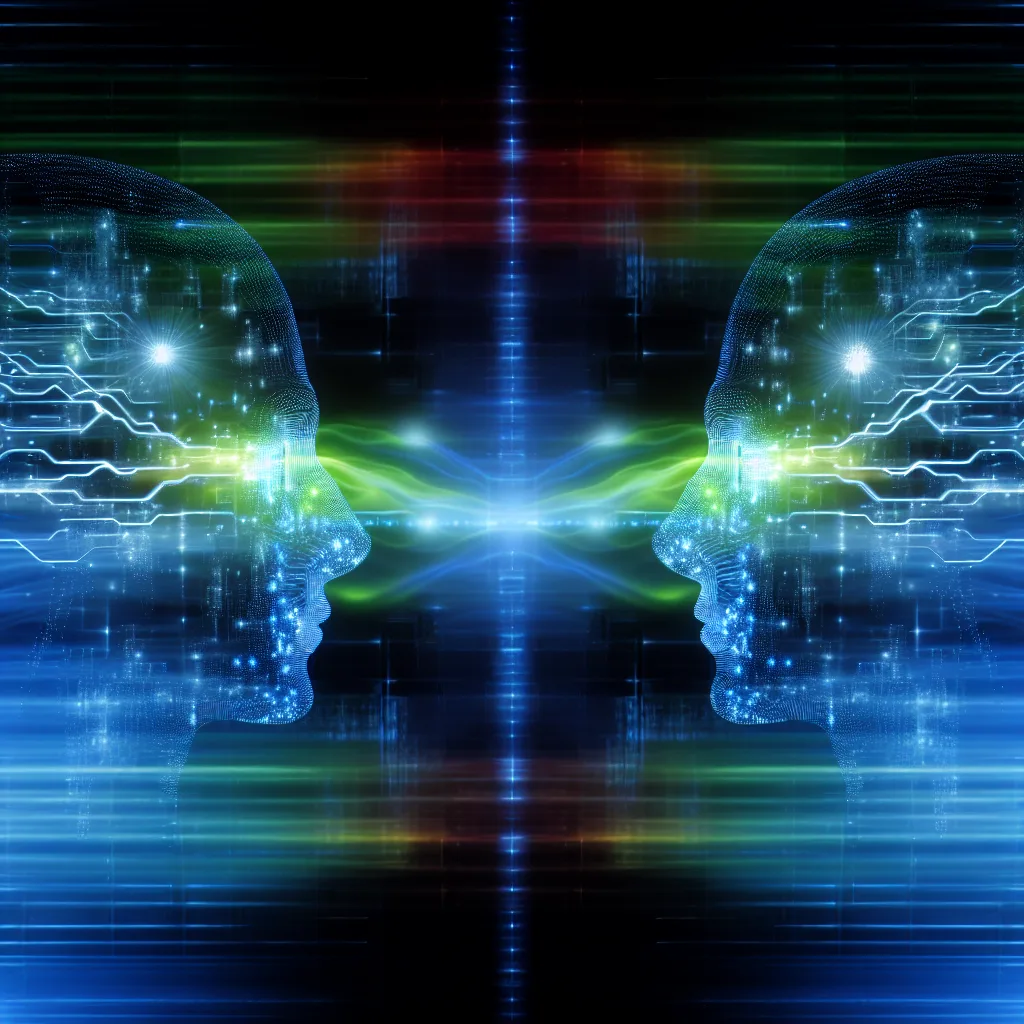Understanding the possibilities and challenges of AI models training on each other’s data
Have you ever wondered if AI models can actually learn from each other? Like, imagine one AI scooting over to another AI’s database, pulling some fresh info, and using that to get smarter. This idea that AI models train on each other—that is, one AI leveraging what another AI has learned or discovered—is both fascinating and a bit complex.
When we talk about “AI models train” on each other, it’s about cross-platform learning, where one artificial intelligence model accesses outputs or data from another to improve itself. It’s a bit different from the typical way AI learns, which usually involves feeding vast amounts of raw data like text, images, or audio.
How Do AI Models Train Normally?
Most AI models, especially large language models like GPT, learn from huge datasets curated from books, websites, and other resources. They’re trained on this massive amount of information all at once or incrementally, but generally, not by pulling info from other AI directly. Instead, the training data is more static and prepared upfront.
Can AI Models Actually Search Each Other and Learn?
There have been experiments where systems use outputs from multiple AI platforms to create a richer response or solution. For instance, combining insights from one model with another’s specialized knowledge could, in theory, form a more accurate or creative output.
But it’s important to note that AI models do not literally “search” one another like a person googling across websites. Instead, developers might design frameworks where models communicate or where outputs from one model become inputs for another, creating a kind of chain learning or ensemble method.
Pros of AI Models Training on Each Other
- Diverse perspectives: Different AI models are often trained on different datasets or designed with different architectures, so combining their outputs might capture a broader spectrum of knowledge.
- Improved accuracy: When models complement each other, they can correct mistakes or fill gaps based on their unique strengths.
- Innovative solutions: Cross-model training or collaboration might spark creative, out-of-the-box results not possible with a single model.
Cons and Challenges
- Complexity: Managing how models interact requires sophisticated engineering to avoid errors, data leaks, or conflicting outputs.
- Resource heavy: Running multiple models simultaneously or sequentially can be computationally expensive.
- Data privacy and ethics: Sharing insights or outputs between models might raise questions about data ownership or unintended biases being amplified.
What Does the Future Hold?
Researchers are exploring multi-agent AI systems where models interact and learn collectively. It’s promising, but still early days. You can read more about AI training methods at places like OpenAI’s research page or see discussions on AI collaboration in arXiv preprints.
In short, while AI models don’t naturally browse each other’s knowledge bases like humans internet surf, the concept of cross-training AI models is developing and might lead to smarter, more flexible AI down the road. It’s an exciting space to watch if you’re curious about where AI is headed!
